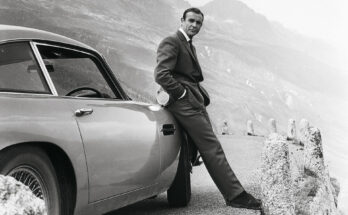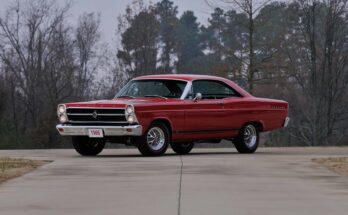Let’s hop into the time machine and cruise back to 1966, when the Ford Thunderbird—affectionately dubbed the “T-Bird”—was strutting its stuff as America’s coolest personal luxury coupe. The ’66 Thunderbird wasn’t just a car; it was a vibe, a rolling symbol of mid-’60s swagger that blended James Bond sophistication with muscle-car attitude. This is the story of the ’66 T-Bird, a fourth-generation icon that had everyone from Hollywood stars to suburban dreamers itching to slide behind the wheel.
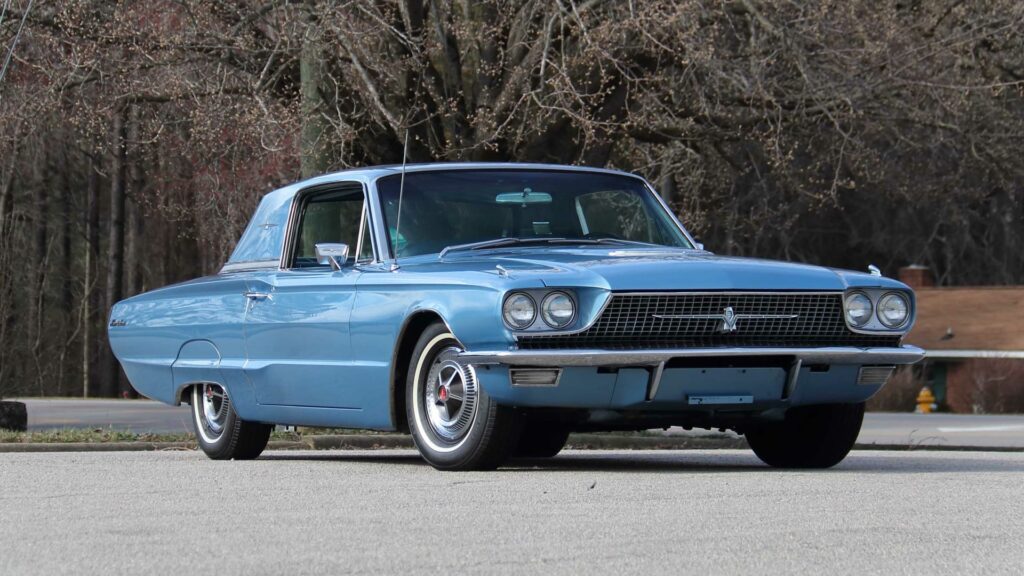
The Birth of a Legend’s Fourth Act
By 1966, the Thunderbird was already a household name, having evolved from its sporty two-seater roots in 1955 to a plush, four-seat luxury cruiser. The fourth generation, launched in 1964, was Ford’s boldest yet, and the ’66 model was the grand finale before a redesign in ’67. Ford billed it as the “ultimate in personal luxury,” and boy, did it deliver. With a base price of $4,393 for the hardtop (about $42,000 in 2025 dollars), it was pricier than a Mustang but cheaper than a Cadillac Eldorado, hitting that sweet spot for buyers who wanted style without selling their soul.
Design: A Jet-Age Masterpiece
The ’66 T-Bird looked like it was ready to take off from a runway. Its sleek, low-slung body stretched 205 inches long, with a sculpted grille, hidden headlights, and a rakish profile that screamed “I’m too cool for school.” The sequential rear turn signals—a T-Bird trademark—flashed like a Vegas marquee, turning every lane change into a performance. Body styles included a hardtop, a convertible (only 5,049 made, making it a rare gem), a Landau with vinyl roof and S-bars, and the posh Town Hardtop with its formal roofline. Colors like Emberglo and Sapphire Blue popped under the streetlights, and chrome trim sparkled like a Rat Pack tuxedo. Owners loved the look—one called it “a boat that handles like a sports car,” though at 4,600 pounds, it was definitely more yacht than speedboat.
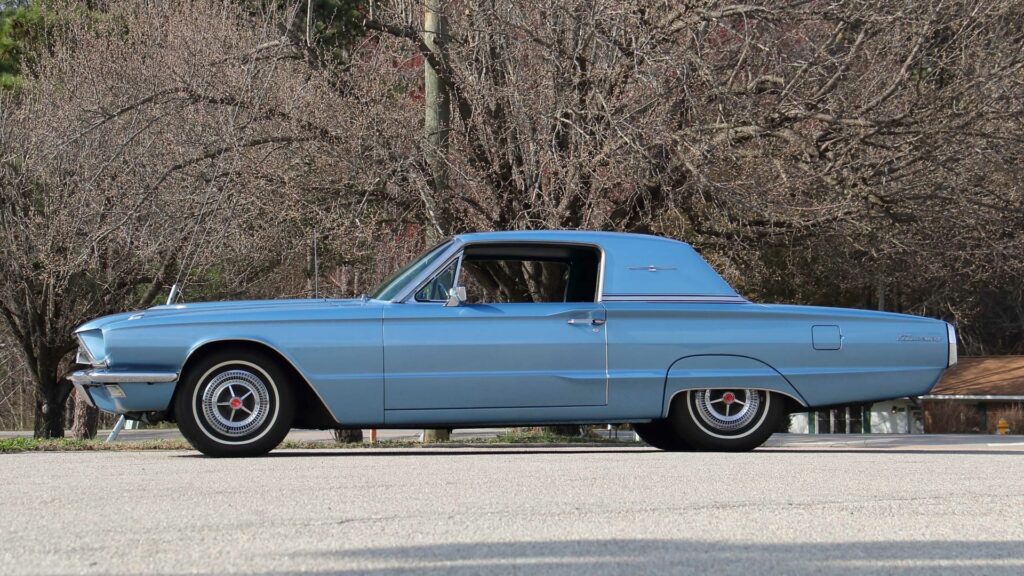
Inside the Cockpit: A Space-Age Lounge
Slide into the ’66 T-Bird, and you’d swear you were piloting a private jet. The interior was a masterclass in ’60s excess: plush bucket seats (or a bench if you were fancy), a wraparound dashboard, and a “Swing-Away” steering wheel that slid to the right for easy entry (because why walk when you can glide?). The gauge cluster looked like it belonged in a cockpit, with warning lights for everything from low fuel to an open door. Options like power windows, a six-way power seat, and a Stereo-Sonic 8-track player let you cruise to the Beatles or Sinatra in style. The available Comfort-Conditioner air system kept you cool, and the optional overhead safety panel added lights and switches that made you feel like Captain Kirk. One owner on a classic car forum raved, “It’s like sitting in a living room that does 120 mph.”
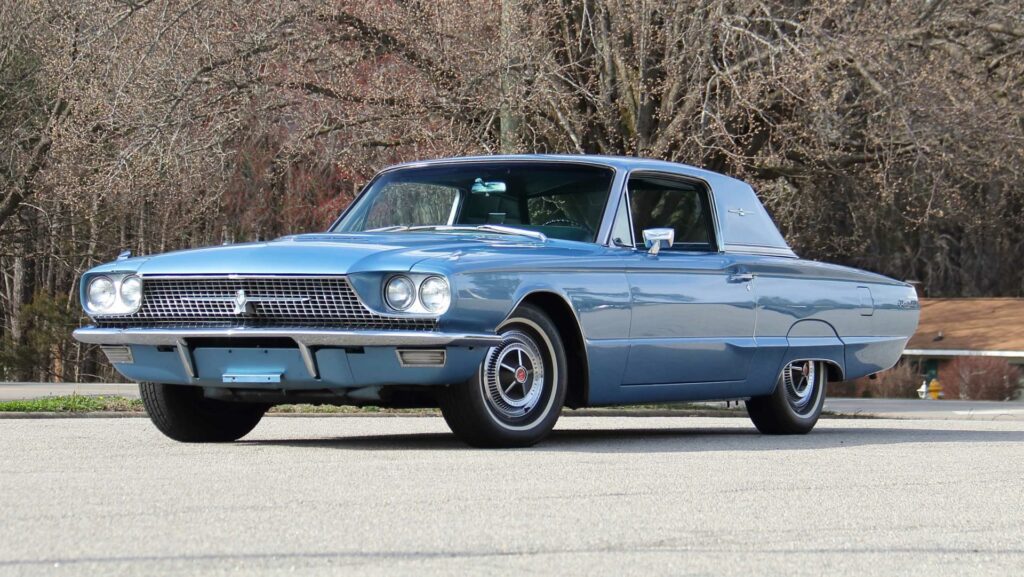
Power and Performance: Big V8, Big Dreams
Under the hood, the ’66 T-Bird was all about effortless power. The standard engine was a 390-cubic-inch (6.4L) V8, churning out 315 horsepower and 427 lb-ft of torque, paired with a buttery-smooth Cruise-O-Matic three-speed automatic. Want more grunt? The optional 428-cubic-inch (7.0L) V8, introduced mid-year, pumped out 345 horsepower, giving the T-Bird enough muscle to smoke lesser cars at the stoplight. It wasn’t a dragstrip king—0-60 mph took about 9 seconds—but on the highway, it ate miles like a diner eating fries. Fuel economy? A grim 10-12 mpg, but in ’66, gas was 32 cents a gallon, so who cared? The C6 automatic and heavy-duty suspension made it a dream for cruising, though tight corners reminded you this was a luxury liner, not a Lotus.
The T-Bird Lifestyle
The ’66 Thunderbird was a cultural icon, starring in movies like Thunderball (fittingly) and driven by everyone from Frank Sinatra to your neighbor who wanted to be Frank Sinatra. Ford sold 69,176 T-Birds in ’66, down from the ’65 peak but still a hit. It was marketed to the upwardly mobile—doctors, lawyers, or anyone who wanted to feel like a big shot. Ads touted its “quiet, carefree” ride, and owners agreed, with one recalling a cross-country trip from Chicago to Vegas, windows down, 8-track blaring, and not a care in the world.
Quirks and Quibbles
No car’s perfect, and the ’66 T-Bird had its quirks. The complex electrical system, especially the sequential taillights and power accessories, could be a mechanic’s nightmare. The Swing-Away wheel was cool but prone to sticking, and that 4,600-pound curb weight meant brakes and tires wore out faster than a go-go dancer’s boots. Rust was also a foe, especially in the convertible’s floorpans. Still, these were small prices to pay for a car that turned heads like a supermodel at a car wash.
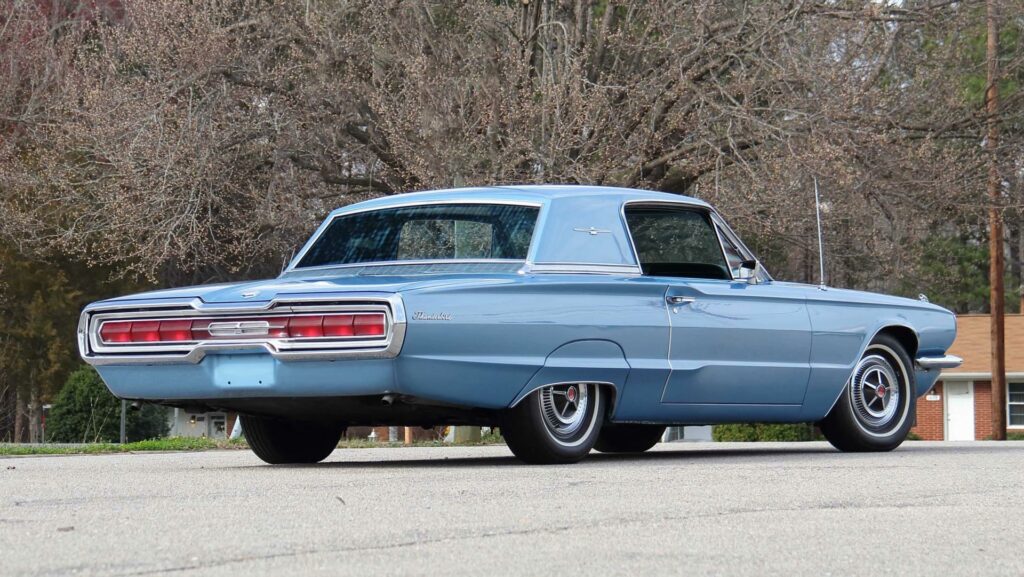
Legacy and Instant Karma
The ’66 Thunderbird was a high point for Ford’s personal luxury vision, but it also marked the end of an era. The ’67 redesign went bigger and boxier, and by the ’70s, emissions rules and fuel crises tamed the T-Bird’s wild spirit. Today, a clean ’66 hardtop fetches $15,000-$30,000, while convertibles can top $50,000 at auction. Collectors love them for their style and nostalgia—one owner on X recently posted, “My ’66 T-Bird convertible is my time machine. Every drive feels like 1966.”In a world of reckless drivers like our pal Speedy McSpeedface, the ’66 T-Bird was the antidote: a car that didn’t need to weave through traffic to prove its point. It was cool, confident, and classy, with just enough attitude to remind everyone who was boss. So, next time you see one at a car show, tip your hat to the T-Bird—a true American original that got its karma in all the right ways.

